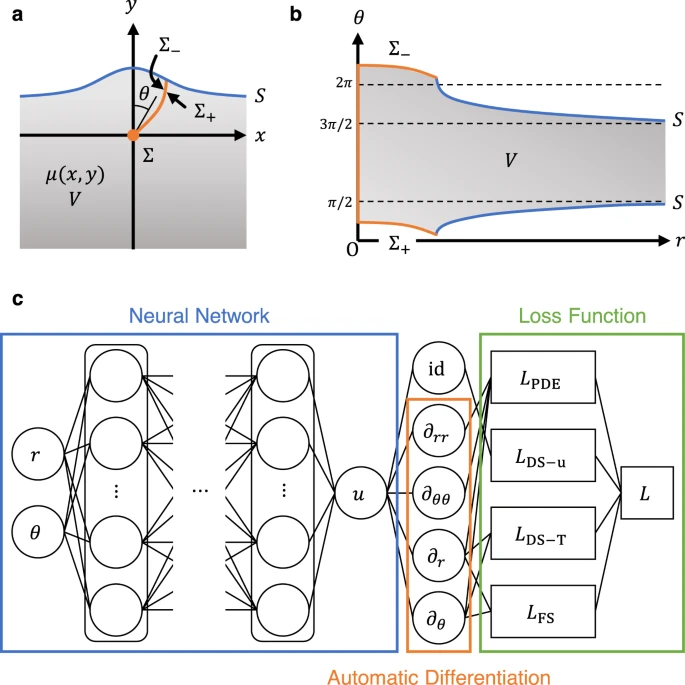Phys.org March 3, 2023
The movement and deformation of the Earth’s crust and upper mantle provide critical insights into the evolution of earthquake processes and future earthquake potentials. Crustal deformation can be modeled by dislocation models that represent earthquake faults in the crust as defects in a continuum medium. Researchers in Japan have proposed a physics-informed deep learning approach to model crustal deformation due to earthquakes. Neural networks can represent continuous displacement fields in arbitrary geometrical structures and mechanical properties of rocks by incorporating governing equations and boundary conditions into a loss function. They introduced polar coordinate system to accurately model the displacement discontinuity on a fault as a boundary condition. They illustrated the validity and usefulness of this approach through example problems with strike-slip faults. According to the researchers their approach has a potential advantage over conventional approaches as it can be extended to high dimensional, anelastic, nonlinear, and inverse problems… read more. Open Access TECHNICAL ARTICLE

Physics-informed neural network (PINN) modeling of antiplane dislocations. Credit: Nature Communications volume 13, Article number: 7092 (2022)